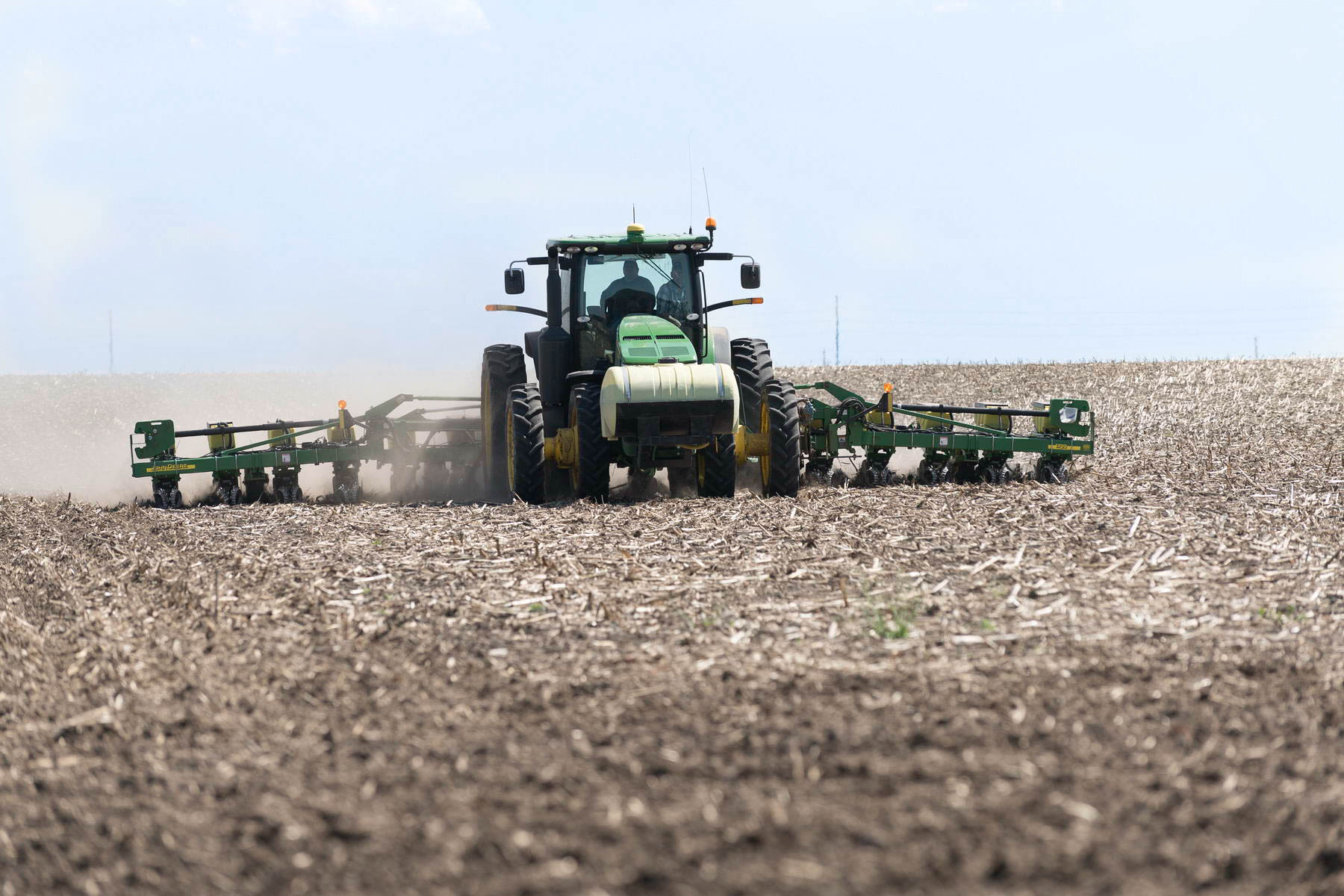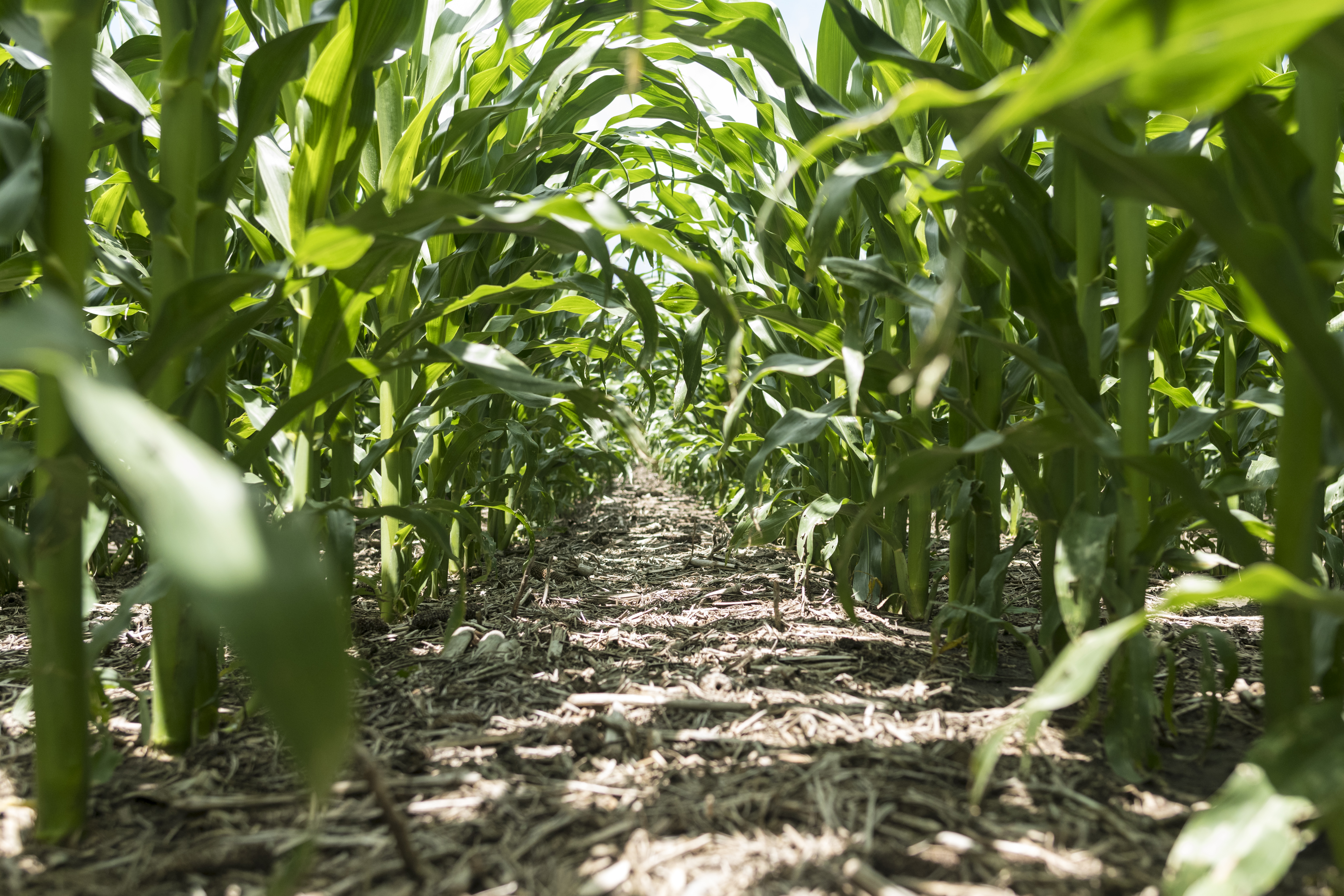Norder Supply assists growers in achieving maximum net return per acre with fertility recommendations and thorough evaluation of yield increasing products including starter fertilizers. Advantages to starter fertilizer use is often visual, including faster early growth and dry matter accumulation. This means quicker development of crop canopy, earlier pollination and maturity, and usually a 0.5 to 1.5 percent drier grain at harvest. The drier grain is the result of plants reaching maturity earlier, while fall weather is warmer and more suitable for advancing grain dry down.
Starter fertilizers contain phosphorus and nitrogen, with some formulations containing additional nutrients in very small amounts including potassium and zinc. Potassium helps regulate the plants’ nitrogen uptake, strengthens cell walls, and improves tolerance to stress. Plant roots must remove potassium from cation exchange sites on the soil surface or organic matter. Having small amounts of potassium in close proximity of the young plant roots can be beneficial.
Fertilizers are salts, so you must limit nitrogen, potassium and sulfur when placing in furrow. Mixing your own starter fertilizer blend from UAN or thiosulfates can be very dangerous to the seed. Only use pre-blended fertilizers safe for direct contact with the seed as a pop-up. Pop-up refers to fertilizer placed in furrow, while starter fertilizer is a general term for fertilizer applied at planting in furrow, 2×2, or dribble surface applied.
Zinc can also be added to starter formulations, and has shown to improve stand emergence and seedling vigor. Zinc is a key nutrient in the production of growth hormones and proteins responsible for upright growth and cell elongation. Organic acids excreted from plant roots and through microbial activity form chelating agents, which are necessary for plant uptake of nutrients like zinc. Unfortunately, production of these acids is slow in young plants, making a chelated form of zinc in your starter fertilizer more favorable for early season plant uptake.
Plant response will be most noticeable in cool, wet soils often associated with early season planting and no-till environments. Banding fertilizer also has an advantage in soils where phosphate fixation is a problem. These soils would include acidic soils below 6.0 pH, calcareous soils above 7.0 pH, or soils with low soil test values. In these environments, dry fertilizer applied phosphorus is often fixed into non-soluble forms that are unavailable to the plants. Fertilizer placed in a band is more resistant to fixation, thus more available to the plant for a longer period.
In recent years, there have been a plethora of in furrow additions. While many of these products are showing positive results, they should be an addition to starter fertilizer and not a replacement. Products that claim better performance or use efficiency while reducing the overall amount of fertilizer is often unsubstantiated. You will need to check compatibility before adding extra products to large batches of starter fertilizer. Using starter fertilizers do not guarantee higher yields; however, they do often result in better early season performance, which does often contribute to better yielding crops.



